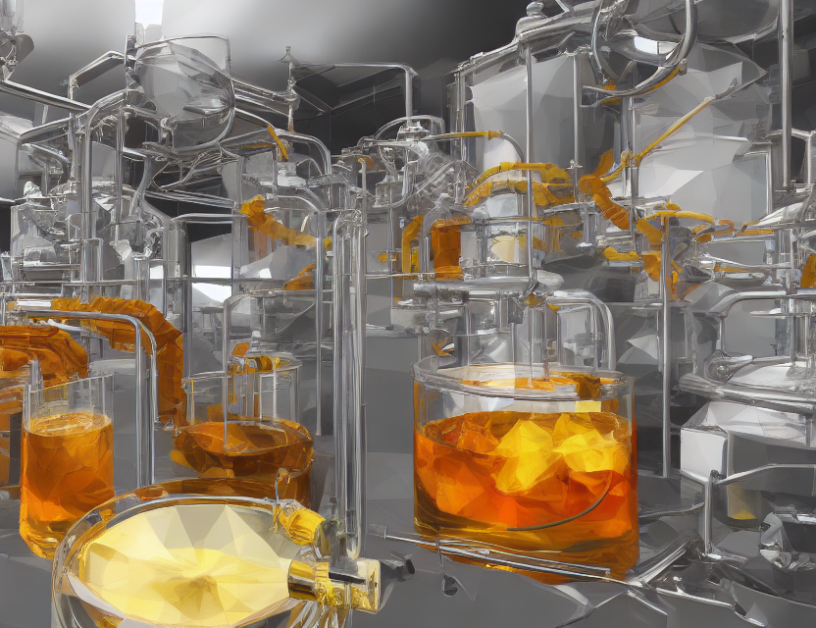Image editing has come a long way, with various techniques allowing us to manipulate and enhance our photos. However, these methods often rely on complex algorithms that require extensive training and knowledge to operate effectively. In this article, we will delve into the latest innovation in image editing – Adversarial Scene Disentanglement (ASD), a game-changing approach that simplifies the process while producing more realistic results.
What is ASD?
ASD is a novel technique that leverages the power of adversarial training to disentangle the underlying structure of an image. By learning a set of mutually exclusive features, ASD can separate the object of interest from its surroundings, allowing for precise editing without sacrificing quality. This process is particularly useful in zero-shot image editing scenarios, where the AI model has never seen the object before.
How does ASD work?
The process of ASD can be broken down into three main steps: simplification, refinement, and replacement.
- Simplification: In this step, ASD removes unnecessary details from the source image, focusing on the most crucial aspects that define the object’s appearance. By removing these distractions, the AI model can better understand the object’s structure and produce more accurate results.
- Refinement: Once the object has been simplified, ASD refines its details to create a more realistic representation of the original image. This step involves adding subtle features that were previously overlooked, such as the texture of the object or the shadows cast on its surface.
- Replacement: In this final step, ASD replaces the objects in the target image with their counterparts from the source image. By combining the simplified and refined features, the AI model can seamlessly integrate the object into the new environment without any noticeable inconsistencies.
Benefits of ASD
The advantages of ASD are numerous, making it an essential tool for anyone looking to enhance their images. Here are some of the key benefits of using ASD:
- Realistic results: ASD produces highly realistic results by leveraging the power of adversarial training. This means that your edited images will look natural and organic, with no awkward or unrealistic elements standing out.
- Zero-shot editing: As mentioned earlier, ASD can handle zero-shot image editing scenarios with ease. This means you can edit objects that the AI model has never seen before, making it incredibly versatile and convenient.
- Time-efficient: Unlike other image editing techniques, ASD is lightning fast, allowing you to edit images in a matter of seconds. This makes it an ideal solution for those who need to edit multiple images in quick succession.
- No loss of quality: The simplified and refined features produced by ASD ensure that there is no loss of quality in the edited image. This means you can maintain the same level of detail and resolution as the original image, without any compromises.
Conclusion
In conclusion, Adversarial Scene Disentanglement (ASD) represents a significant breakthrough in the world of image editing. By simplifying the process while producing more realistic results, ASD has the potential to revolutionize the way we edit images. With its zero-shot editing capabilities, time-efficient nature, and quality maintenance, ASD is an essential tool for anyone looking to enhance their photos. So why wait? Give ASD a try today and see the magic it can work on your images!



